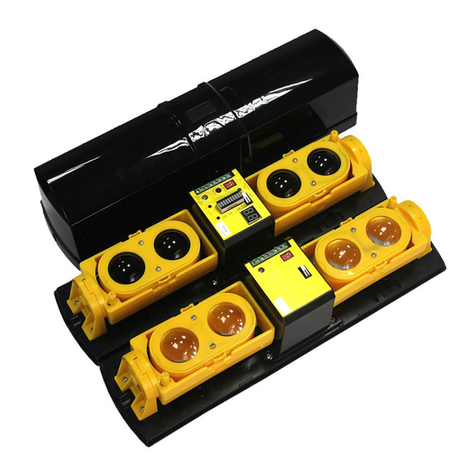
Important Safeguards and Warnings
This section introduces content covering the proper handling of the door detector, hazard
protection, and protection of property damage. Read carefully before using the door detector, and
comply with the guidelines when using it.
Operation Requirements
●Make sure that the power supply of the door detector works properly before use.
●Do not pull out the power cable of the door detector while it is powered on.
●Only use the door detector within the rated power range.
●Transport, use and store the device under allowed humidity and temperature conditions.
●Prevent liquids from splashing or dripping on the device. Make sure that there are no objects
lled with liquid on top of the door detector to avoid liquids owing into it.
●Do not disassemble the door detector.
Installation Requirements
●Connect the door detector to the adapter before power on.
●Strictly abide by local electrical safety standards, and make sure that the voltage in the area is
steady and conforms to the power requirements of the door detector.
●Do not connect the door detector to more than one power supply. Otherwise, the door detector
might become damaged.
●Observe all safety procedures and wear required protective equipment provided for your use
while working at heights.
●Do not expose the door detector to direct sunlight or heat sources.
●Do not install the door detector in humid, dusty or smoky places.
●Install the door detector in a well-ventilated place, and do not block the ventilator of the device.
●Use the power adapter or case power supply provided by the device manufacturer.
●The power supply must conform to the requirements of ES1 in IEC 62368-1 standard and be no
higher than PS2. Note that the power supply requirements are subject to the device label.
●Connect class I electrical appliances to a power socket with protective earthing.
User’s Manual
III





























